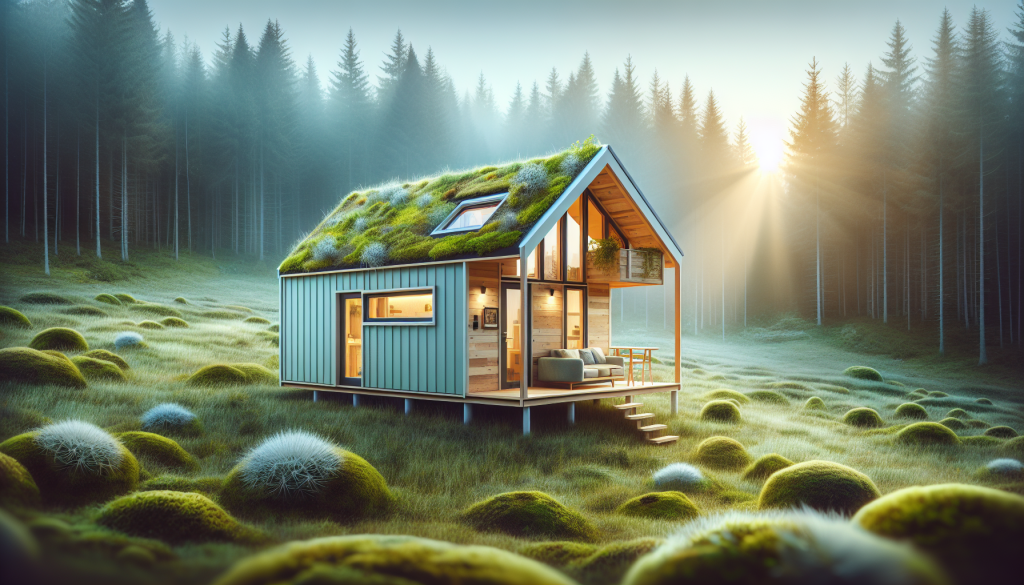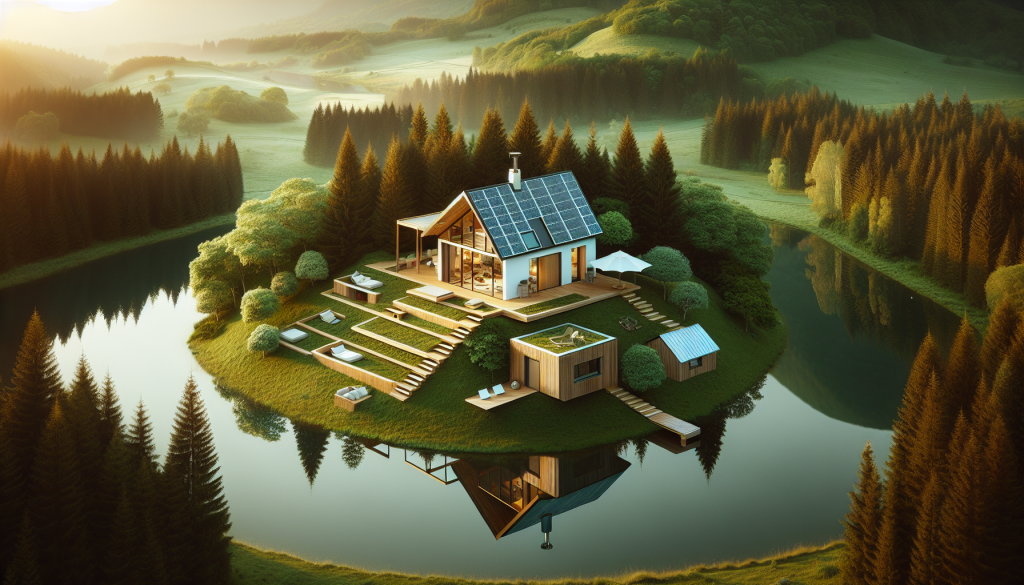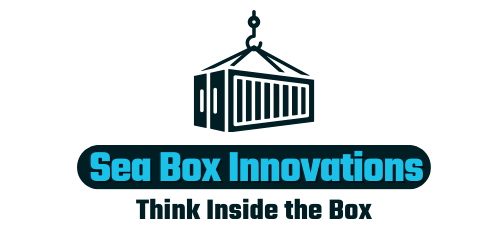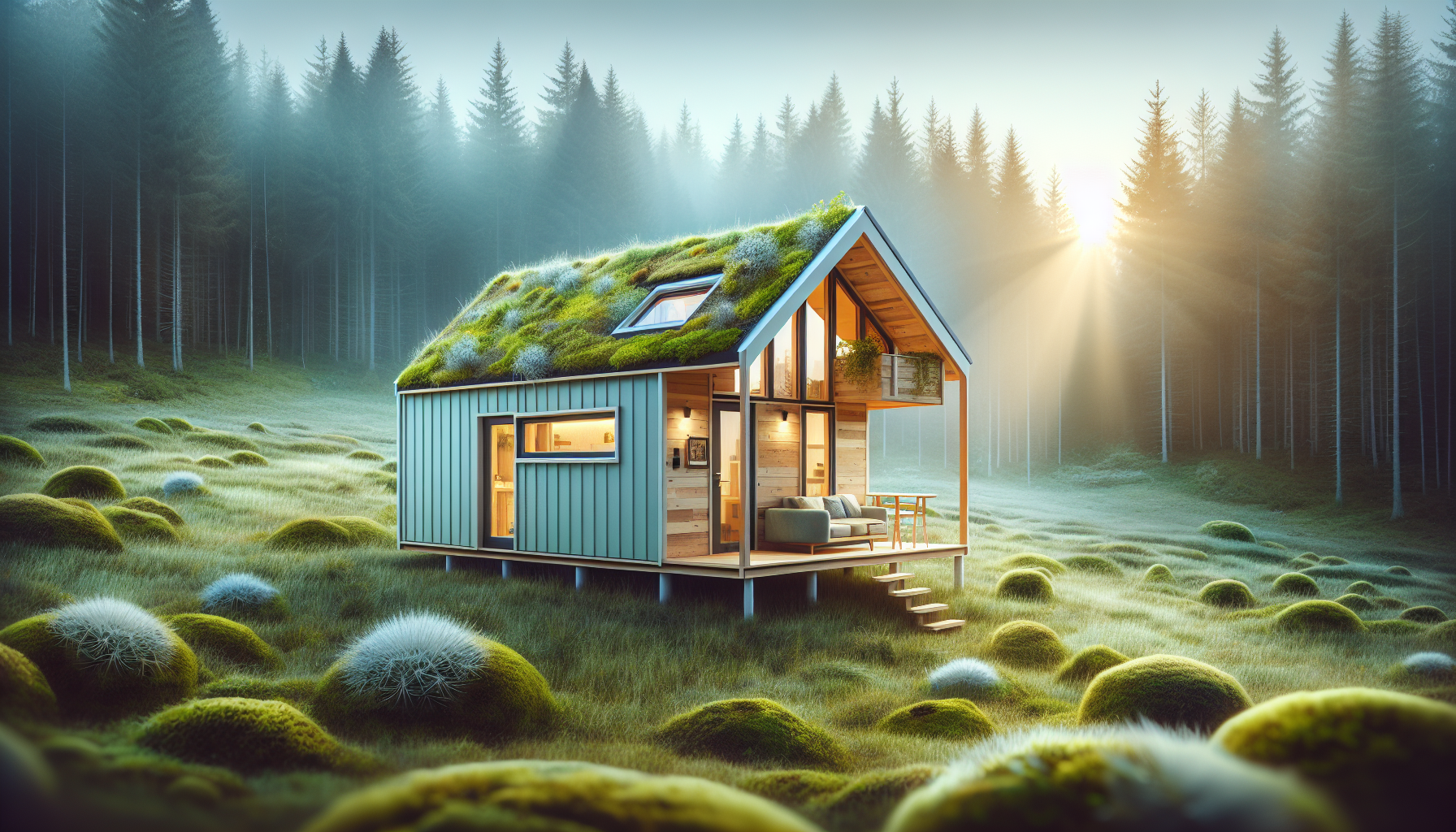If you’ve ever wondered about the cost of living in a tiny house, you’re not alone. Many people are intrigued by the idea of downsizing and simplifying their lives, but they often wonder how much it will actually cost them. In this article, we’ll explore the average budget for a tiny house, giving you a better understanding of what to expect if you decide to embark on this unique lifestyle. Whether you’re just curious or seriously considering making the switch, this article will provide you with valuable insights into the financial aspects of tiny house living.
Factors Affecting the Average Budget for a Tiny House
Tiny houses are a popular housing alternative for those seeking a simpler and more affordable lifestyle. However, the average budget for a tiny house can vary significantly based on several key factors. By considering these factors, you can better understand the potential costs involved and make informed decisions when planning your own tiny house project.
1. Size of the Tiny House
The size of the tiny house is one of the most significant factors that will impact your budget. The square footage, number of floors, and inclusion of lofts or additional sleeping areas can all affect the overall cost. Generally, the larger the tiny house, the higher the budget required for construction and materials.
2. Location
Where you choose to build or park your tiny house can also have a significant impact on your budget. Urban areas often have higher costs of living and may require additional permits and inspections. Rural areas, on the other hand, may offer more affordable land options but could present challenges in terms of accessing utilities.
3. Type of Construction
The type of construction chosen for your tiny house is another key factor to consider. Traditional stick-built houses offer a more conventional approach but may come with higher labor and material costs. Alternatively, using a mobile or trailer base can offer more flexibility and potentially lower costs. Other options, such as using shipping containers or modular/panelized construction techniques, can also impact budget requirements.
4. Level of Customization
The level of customization desired for your tiny house will also influence your budget. Fully customized tiny houses allow for personalized layouts and unique designs but often come with a higher price tag. Semi-customized options offer some flexibility within predefined models, while basic layouts with personal touches are generally the most budget-friendly.
5. Utilities and Amenities
Determining whether your tiny house will be off-grid or connected to utilities can significantly impact your budget. Off-grid tiny houses require alternative power sources, such as solar power systems, which can incur additional costs. Plumbing and water systems, as well as heating and cooling options, should also be taken into account when estimating your budget.
6. Design and Materials
The complexity of the architectural design, as well as the choice of interior design and materials, will affect your budget. Intricate and unique designs may require the expertise of architects or designers, adding to the overall cost. Similarly, higher-quality materials can contribute to a more luxurious and expensive feel but can also come with a higher price tag.
7. Labour Costs
Labour costs, including both skilled and unskilled workers, will be a significant portion of your tiny house budget. Depending on the complexity of the build and the level of customization, you may need to hire a general contractor or engage various tradespeople for specific tasks. It is crucial to research and obtain multiple quotes to ensure you are getting the best value for your money.
8. Land Costs
If you plan on purchasing land for your tiny house, the cost of the land itself will be a separate consideration from the actual construction budget. The location, size, and availability of land in your desired area can vary greatly, affecting your budget accordingly. It is essential to research and understand the land market before committing to a purchase.
9. Permits and Inspections
Before constructing or parking your tiny house, you may need to obtain permits and undergo inspections to ensure compliance with local regulations. The fees and requirements associated with permits and inspections can vary depending on your location and the specific rules governing tiny houses. It is crucial to budget for these additional costs to avoid any surprises.
10. Additional Features or Add-ons
Finally, any additional features or add-ons you wish to include in your tiny house will impact your budget. This could include things like outdoor decks, storage solutions, or high-end appliances. It is important to prioritize your desired features and allocate your budget accordingly to prevent overspending.

Average Budget Ranges for Tiny Houses
Now that we have explored the factors that contribute to the average budget for a tiny house, let’s delve into the potential budget ranges for different types of tiny houses.
DIY Tiny House
For those with the skills, time, and desire to build their own tiny house, a DIY approach can offer the most cost-effective option. By utilizing salvaged materials, repurposed items, and your own labor, you can significantly reduce costs. The average budget for a DIY tiny house can range from $10,000 to $30,000, depending on the size, materials used, and level of customization.
Standard Builder Models
Standard builder models are pre-designed tiny houses offered by professional builders. These models often come with a fixed layout and limited customization options. The average budget for a standard builder model can range from $30,000 to $60,000, depending on the size, construction, and included amenities.
Custom Builder Models
For those seeking a more personalized and unique tiny house, custom builder models are a popular choice. These models offer a greater level of customization, allowing you to tailor the layout, design, and features to your specific needs. The average budget for a custom builder model can range from $60,000 to $150,000 or more, depending on the level of customization and the use of high-end materials.
Pre-fabricated Tiny Houses
Pre-fabricated tiny houses are another option for those seeking convenience and affordability. These houses are manufactured off-site and then transported to the desired location. The average budget for a pre-fabricated tiny house can vary significantly depending on the size, design, and additional options chosen. However, it generally ranges from $50,000 to $100,000.
In conclusion, the average budget for a tiny house is influenced by several factors, including the size, location, type of construction, level of customization, utilities and amenities, design and materials, labor costs, land costs, permits and inspections, as well as additional features or add-ons. By carefully considering these factors and understanding the potential budget ranges, you can plan and create the tiny house of your dreams within your financial means.


I am James, the creator behind SeaBoxInnovations.com. Welcome to our premier online destination dedicated to the world of sea containers. Think Inside the Box is our tagline, and our website is your go-to source for exploring the endless potential of these versatile and adaptable containers. Whether you’re interested in purchasing, customizing, or learning about the latest trends in container architecture and design, we have you covered. Join us as we bridge the gap between traditional uses and cutting-edge applications, promoting sustainability and innovation in design and construction. Get ready to embark on your next big project with SeaBoxInnovations.com.

